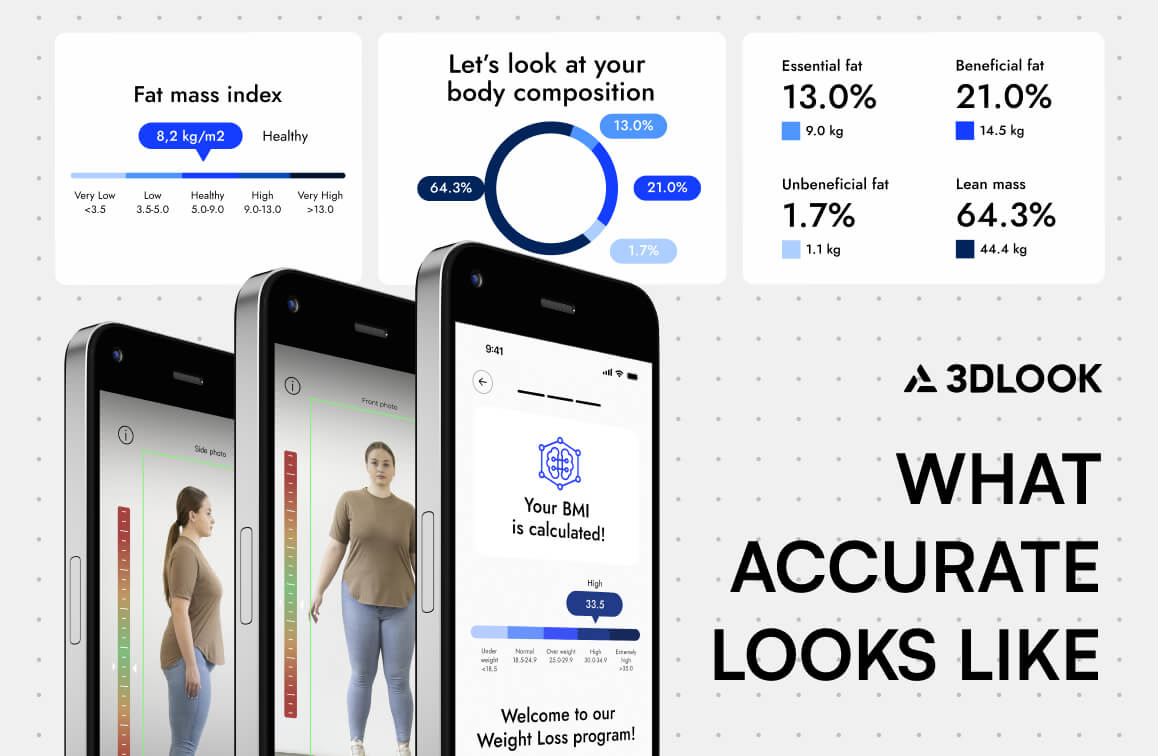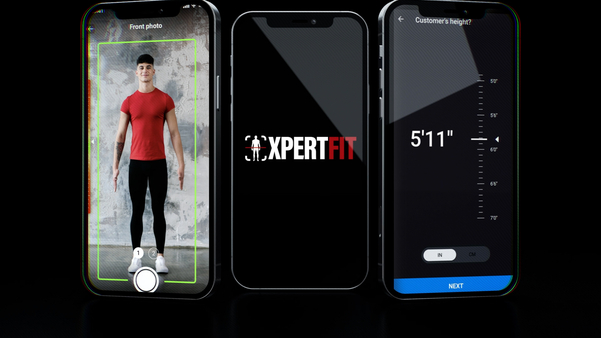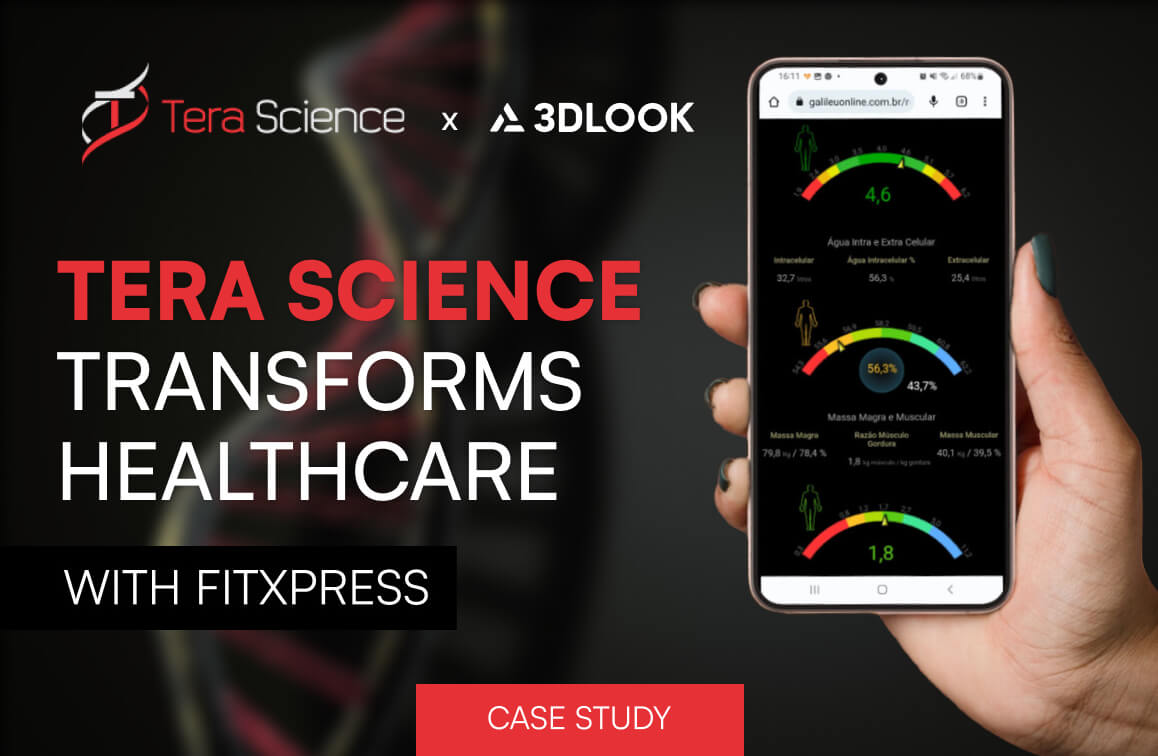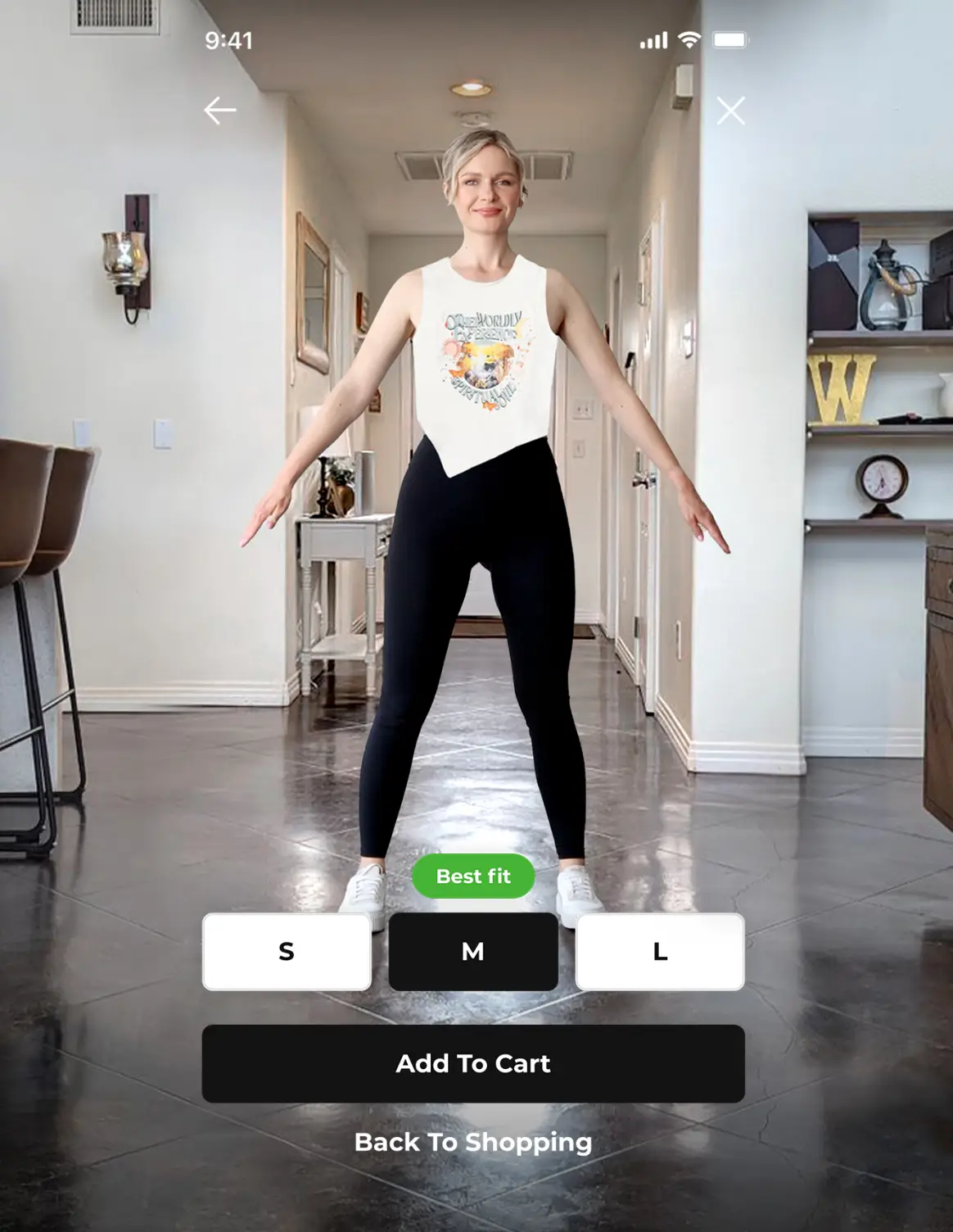Concerned about the environmental impact of their purchases, consumers are beginning to challenge unsustainable practices in fashion by turning their backs on damaging products and businesses. Following these steps, brands can address waste and inefficiencies throughout their supply chains, and do their part to create a sustainable fashion industry.
Consumers around the world are experiencing an ‘eco-awakening,’ according to the World Economic Forum, as they begin to consider where their purchases come from, how they are manufactured and the impact they have on the environment.
Across all demographics, consumers are realizing that they have the purchasing power to make a real difference, with 95% believing their personal actions can help to reduce unsustainable practices, according to BCG. More than half of all consumers now prefer to shop with sustainable brands, according to First Insight, with Millennial and Gen Z shoppers leading the change.
Some 83% of 18-34-year-olds feel it is important to buy from brands that align with their values, compared to just 60% of those over age 55, according to 5W. Given the spending power of these two groups surpasses $350B in the U.S. alone, it’s no surprise that 10% of fashion executives view sustainability as the biggest opportunity for growth. If a brand is looking to meet the rising demand for sustainable practices, it should find a way to put them front and center across the whole company.
Thankfully, companies like Factory45 are helping brands on their way to creating a more sustainable fashion future. Named the “#1 business program to launch your fashion brand” by Maker’s Row, Factory 45 is the leading sustainable fashion program for entrepreneurs who want to build a thriving business that positively impacts the planet, people, and their own lives. Discover more here.
Demand for sustainability is already driving positive change in fashion. Outdoor clothing brand Patagonia, for instance, has made sustainability a core part of its business, turning to sustainable materials and investing in reuse initiatives to reduce impact throughout its supply chain, with the goal of becoming carbon neutral by 2025. But given the scale of the industry’s struggles, more businesses must consider how to make fashion sustainable and take steps to future-proof their business.

How to build a sustainable fashion business
Those considering how to build a sustainable fashion brand must first understand what sustainability means. Sustainable and ethical fashion often blur into one, and while they are both important, they are also different. Ethical fashion refers to the wellbeing of the people and animals involved in the development and manufacturing process, while sustainable fashion refers to the wellbeing of our planet and the impact our industry has on it.
Following the five steps below, fashion brands can begin to reflect on the sustainability challenges they face and the steps they can take to overcome them, and learn how to support sustainable fashion.
1. Consider why sustainability matters
Why is sustainability important in fashion? There are a number of reasons – and not just because it’s the right thing to do.
Considering how to make a business more sustainable can provide a financial boost by helping to spot and eliminate inefficiencies throughout the supply chain. In fact, implementing a sustainability strategy can increase operating profits by as much as 60%, according to McKinsey.
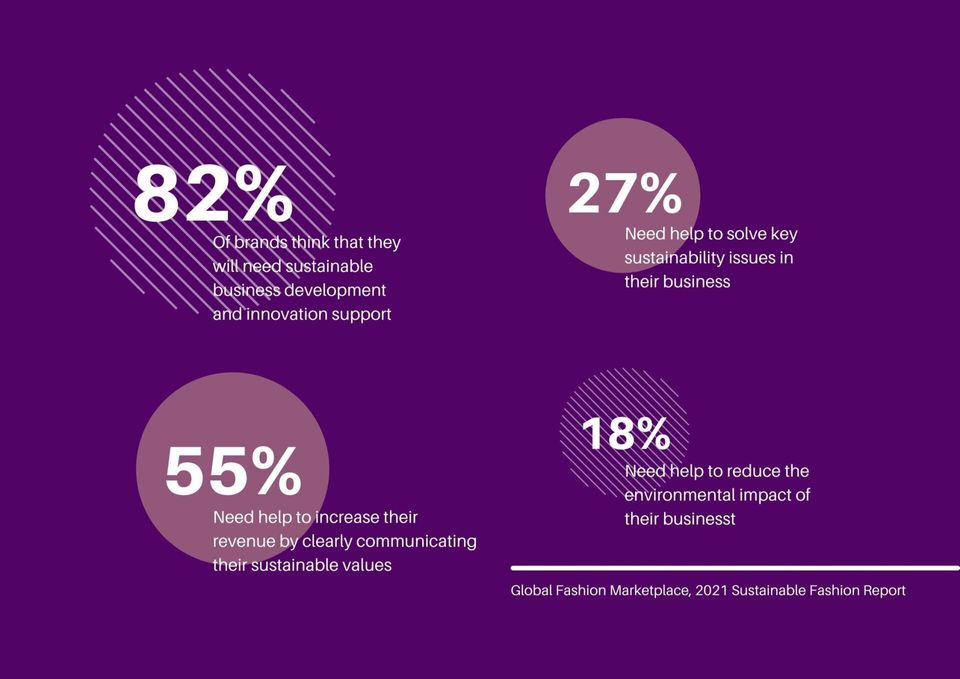
With sustainability being an attractive selling point for many, it can also help to strengthen relationships with today’s conscious consumers, with 66% willing to pay more for sustainably produced products, according to Neilsen.
Likewise, with almost 40% of Millennials having taken a job due to the employer’s sustainability commitments, as reported by Forbes, showing concern for the environment could help fashion brands to attract top future talent.
2. Consider areas where sustainability can be improved
Having defined their sustainability goals, businesses can begin to consider how to achieve them. Consider the key areas where sustainability can be improved – from product development through to sales – and the changes that are likely to have the biggest impact.
Implementing 3d virtual fitting solution, for instance, can improve the sustainability of a number of processes. During the design stage, customer body data enables products to be designed around digital bodies based on authentic customers, reducing the need for wasteful samples. With garments designed to fit accurately/properly, returns become less likely, lowering transport and packaging waste, and removing the risk of perfectly good garments ending up in landfills.
3DLOOK’s virtual try-on technology, available to YourFit customers, transforms the physical fitting room into the 3d dressing room . The solution detects specific body parts and captures details of the user’s appearance, which are superimposed on the avatar. Then, the technology uses photos of clothes to imitate their 3D versions and fits them onto the 3D avatar, instantly displaying a resulting image to the consumer.
Using 3DLOOK’s YourFit, which captures customers’ body data using just two smartphone photos to determine correct sizing and provide anonymized data to leverage during manufacturing, forward-thinking fashion brands like 1822 Denim have cut returns by more than 30% .
Get in touch to learn how your business can achieve its sustainability goals using 3DLOOK’s YourFit.
Request a demo3. Consider the whole business, not just the clothes
Sustainable fashion doesn’t just refer to the final product. Rather, making a brand sustainable involves considering every step of the process, from design to raw material procurement, manufacturing, transport, storage, and the sales process.
Rather than developing sustainable products, businesses must focus on developing sustainable supply chains that minimize inefficiencies, and rely on environmentally friendly materials and processes. No matter how sustainably made a product is, wasteful supply chains will put customers off — some 60% of consumers are reluctant to buy a product in harmful packaging, according to BCG.
Using technology, businesses can refine their supply chains to minimize waste during the design, manufacturing, and inventory planning stages. 3DLOOK’S Body Shape Analytics , which provides apparel companies with insight into the shapes and sizes of their customer base, offers segmented data that brands can use to optimize inventory planning and distribution to avoid over-producing and over-stocking products that are unlikely to sell.
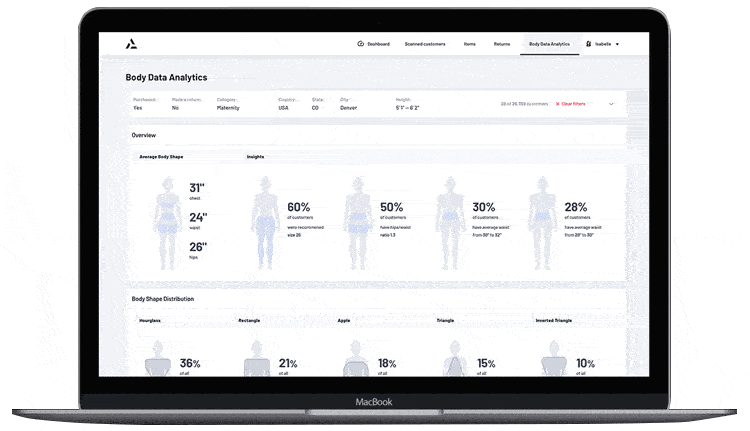
3DLOOK’s Body Shape Analytics provides apparel companies with insight into the shapes and sizes of their customer base, offers segmented data that brands can use to optimize inventory planning and distribution to avoid over-producing and over-stocking products that are unlikely to sell.
4. Listen to consumers – and address their concerns
In some fashion markets, as much as 50% of all purchases are returned, with poor fit and style the cause 70% of the time. However, as consumer values change, they will grow less fond of these permissive return policies that contribute to fashion’s mounting waste problem.
Rather, with more than half of consumers having already made significant lifestyle changes to reduce their environmental impact, according to McKinsey, failure to align with their values could force them to shop elsewhere.
According to GWI, durability is the greatest sustainability concern for fashion consumers, highlighting their desire to move on from wasteful fast fashion practices. Likewise, 44% of feel brands should avoid the use of harmful chemicals during manufacturing and use natural materials. Some 40% prefer products made from recycled materials, while 35% feel the impact of shipping is also an important factor.
5. Work together to create a sustainable industry
With fashion responsible for 10% of all global emissions, the industry must work together to find solutions that help to reduce its impact. Not only should brands work with other like-minded businesses and partners in pursuit of shared goals, but should also consider how other industries – such as technology – can help. According to the United Nations, technologies such as artificial intelligence and machine learning possess ‘immense potential’ to foster both commercial growth and sustainable development.
3DLOOK has previously collaborated with Una Terra, a sustainable clothing brand making garments for people and their pets using recycled fabrics, providing its AI-first 3D body scanning solution to reduce textile waste, minimize unsold stock and support its fight against unsustainable fashion.
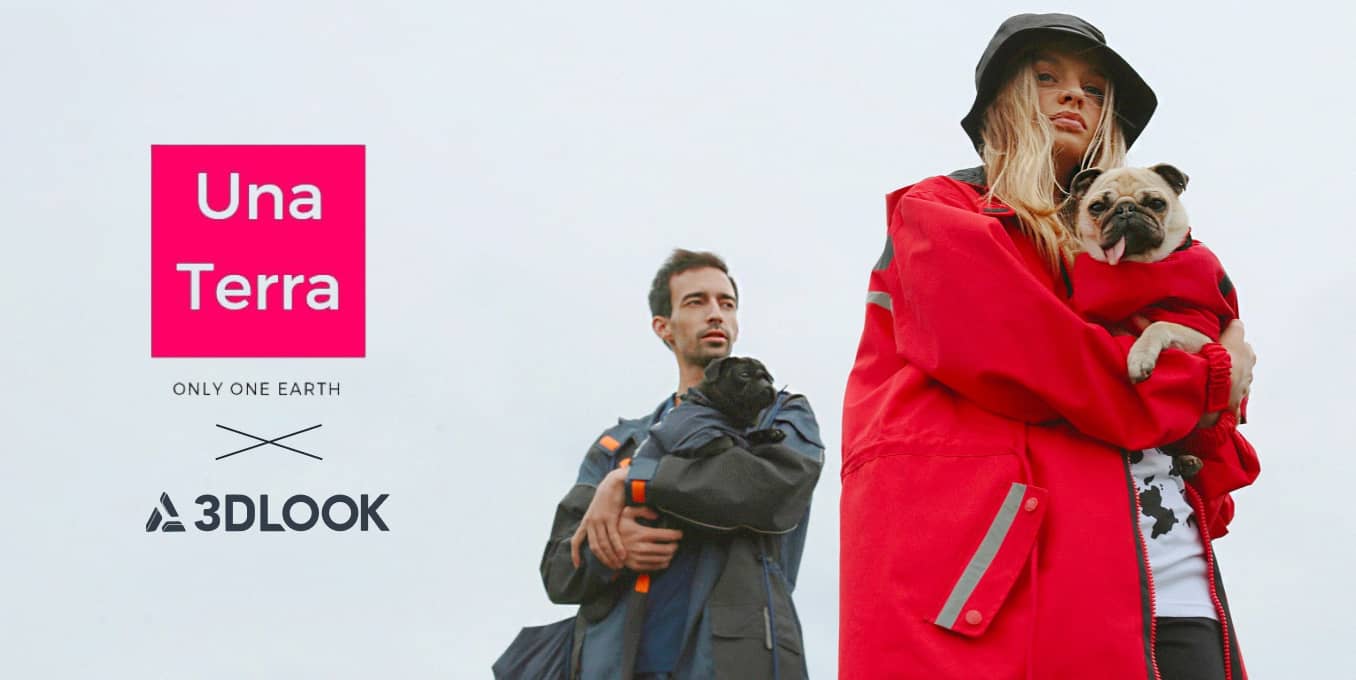
Why is sustainability important in fashion?
Learning how to build a sustainable fashion business is a complex process, and putting that knowledge into practice requires drastic changes. However, making the change is worth the effort in order to create a better future.
Global temperatures have already risen one degree above pre-industrial levels and we are fast approaching a tipping point that could trigger catastrophic and irreversible changes to our environment, according to the Intergovernmental Panel on Climate Change.
With fashion estimated to contribute 10% of global greenhouse gas emissions, according to the United Nations, the industry has a major role to play in halting climate change. Simply put, taking action to cut fashion’s environmental impact won’t just benefit businesses and consumers, but could also provide our planet a lifeline.
Learning how to make sustainable clothing could also fuel fashion businesses’ future success
Working towards sustainability is, of course, the right thing for businesses to do. However, it also makes perfect business sense. Not only are 31% of Gen Z shoppers – expected to make up 40% of consumers by 2026 – willing to pay a premium for environmentally-friendly products, but more than half have decided against making a purchase due to a brand’s values. As consumers begin to vote with their wallets, those that put sustainability at the center of their brand are most likely to thrive.
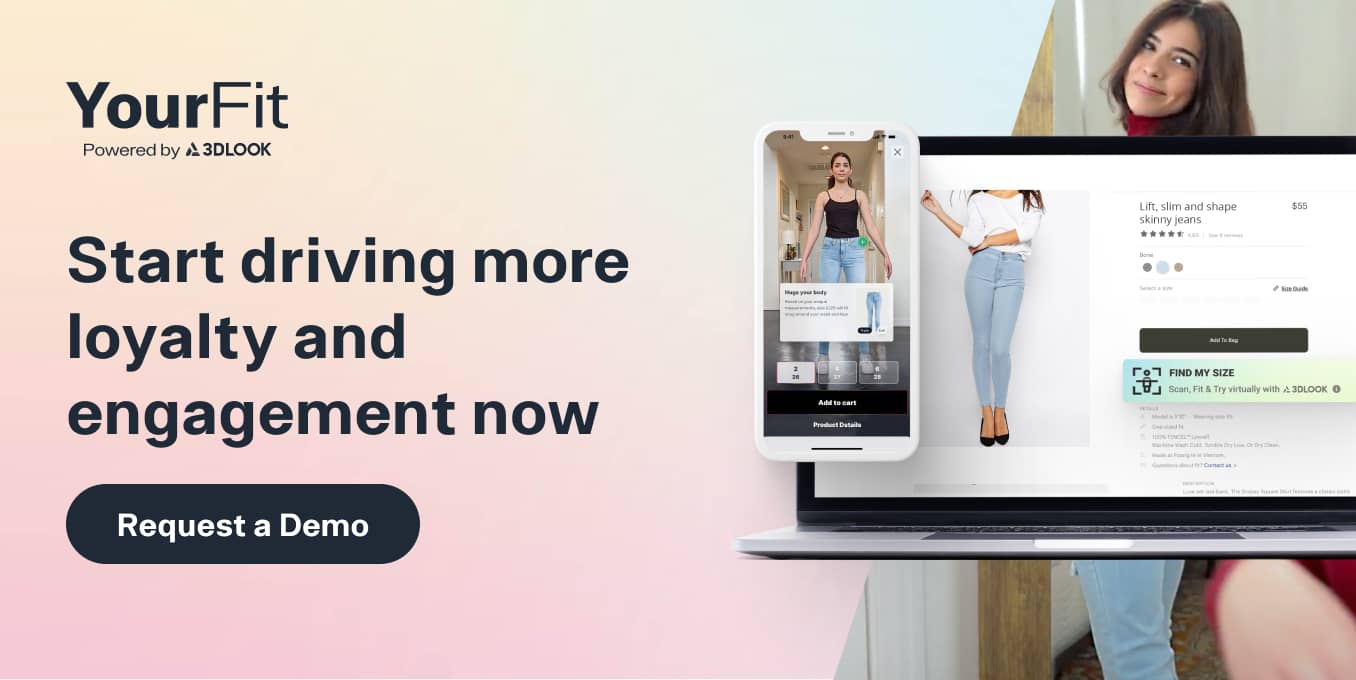
YOURFIT
The first solution on the market to completely remove any uncertainties around shopping for clothes online. Pioneering brands using the solution have seen up to 48% decrease in return rates


